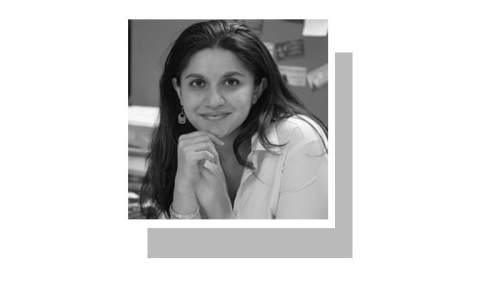ISLAMABAD: The government is embarking on the Pakistan Financial Inclusion and Infrastructure Project aimed at increasing access to financial services for households and businesses by improving usage of digital payments in the country.
Two World Bank institutions — International Bank for the Reconstruction and Development and the International Development Association — will jointly provide $130 million finance for the project. The project will be implemented by the recently-established Pakistan Microfinance Investment Company, the Central Directorate of National Savings and the State Bank’s development finance group.
Requesting assistance for the project, the government has informed the World Bank that the project will support a holistic national financial inclusion strategy (NFIS).
It will focus on the development of market infrastructure and the ecosystem that will facilitate access and usage of digital payments and financial services.
Access to credit for micro, small and medium enterprises will be supported by a line of credit that will catalyse private sector financing and focused interventions including technical assistance in line with the NFIS.
In 2015, the government launched the National Financial Inclusion Strategy (NFIS) with a vision to allow individuals and firms access to a range of quality payments, savings, credit and insurance services which meet their needs with dignity and fairness.
In the last 25 years, Pakistan’s financial sector has gone from one dominated by underperforming state-owned banks to a modern and sound financial sector dominated by private banks. The banking sector accounts for 75 per cent of financial sector assets, with the balance in the National Savings Scheme (16.5pc); insurance companies (5pc); non-bank financial institutions (4.0pc); and microfinance institutions (0.5pc).
The microfinance sector is small in terms of assets, but is significant in terms of financial access. Financial soundness indicators indicate that the banking sector is generally sound, liquid and profitable. Islamic finance is growing rapidly, and currently accounts for 11pc of sector assets.
As a result, Pakistan has the highest penetration of mobile money accounts in South Asia at 5.8pc of the adult population, compared to the South Asian average of 1.9pc.
The gender gap on mobile accounts is much narrower than the overall gap for accounts. Despite these achievements, financial access remains low.
According to World Bank Global Financial Inclusion Database (FINDEX), only 13pc of adults in Pakistan had access to a formal account in 2014, far behind Sri Lanka at 83pc, India at 53pc and Bangladesh at 31pc.
Published in Dawn February 7th, 2017












































